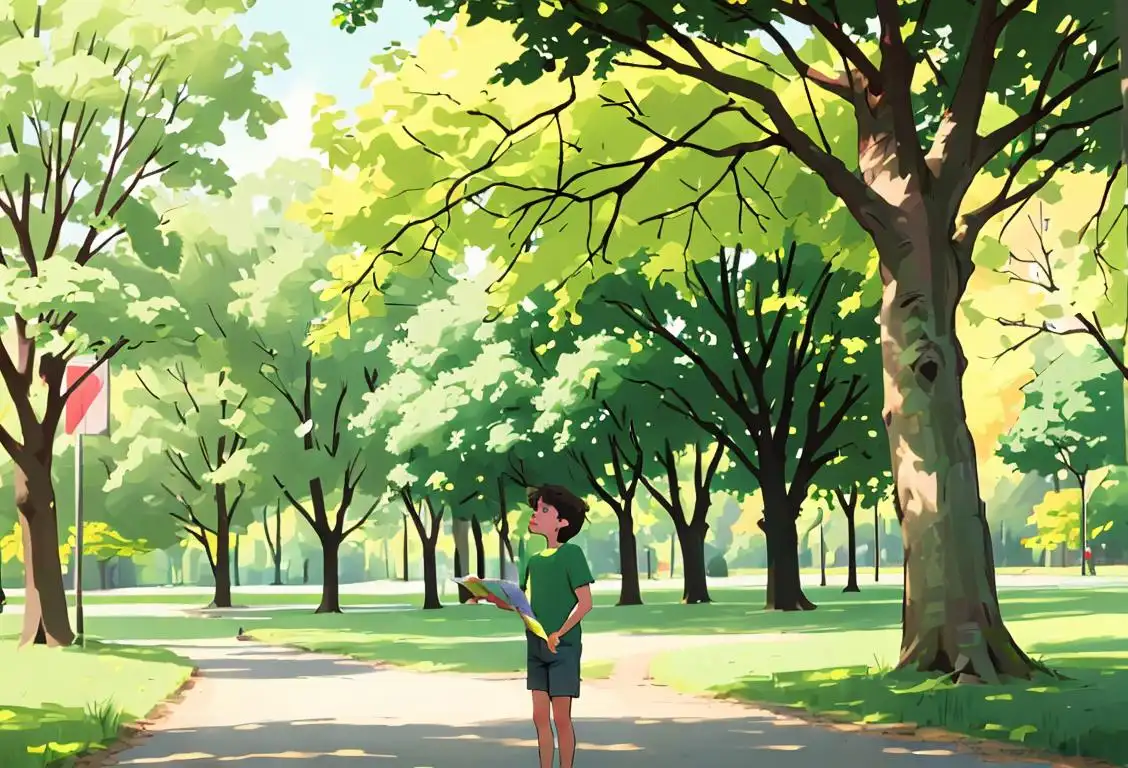National Recycle Day

Welcome to the exciting world of National Recycle Day! Prepare to dive into a recycling extravaganza and uncover the fascinating history of this environmental celebration.
When is Recycle Day?
It's national recycle day on the 15th November.
The Origins of National Recycle Day
Every year on National Recycle Day, we come together to raise awareness about the importance of recycling and taking care of our planet. This amazing day was first observed on November 15, 2016, making it a fairly recent addition to the national day calendar.
The online community has been buzzing with excitement, with 51 mentions found across various platforms on that fateful day. It seems like people were truly eager to show their love for recycling!
Why Is Recycling Important?
Recycling plays a pivotal role in preserving the environment and conserving valuable resources. By transforming waste into new products, we not only reduce the amount of waste sent to landfills but also save energy and decrease pollution. It's a win-win situation for both us and Mother Earth!
Recycling isn't just about separating your plastics, papers, and metals. It's a mindset, a commitment to making our world a cleaner, greener place. Plus, it gives you that warm fuzzy feeling of doing your part.
Did You Know?
Did you know that recycling one ton of paper saves around 17 trees, 7,000 gallons of water, and 380 gallons of oil? That's a whole forest of trees and a lot of oil spared, my friend!
History behind the term 'Recycle'
1970
The Birth of Earth Day
In 1970, Earth Day was created to raise awareness about environmental issues. This event is considered the catalyst for the modern environmental movement. It brought together millions of people who were concerned about pollution and the depletion of natural resources.
1971
Introduction of the Term 'Recycle'
The term 'recycle' was introduced in 1971, just one year after the first Earth Day. It quickly gained popularity as a way to describe the process of reusing materials and reducing waste. This term became synonymous with the idea of sustainability and conservation.
1976
The Symbolic Recycling Logo
In 1976, a graphic designer named Gary Anderson created the universally recognized recycling logo. The three arrows forming a triangle represent the three stages of the recycling process: collection, processing, and distribution. This logo became an iconic symbol for environmental awareness.
1990
Recycling Goes Mainstream
By 1990, recycling programs had become more widely adopted and integrated into everyday life. With increased public awareness and accessible recycling bins, the practice of recycling became more prevalent in households, schools, and businesses.
2000s
Expansion of Recycling Initiatives
In the 2000s, recycling initiatives expanded further with the introduction of curbside recycling programs and the development of more advanced recycling technologies. These advancements made recycling more convenient and efficient, leading to increased participation.
Present
Global Efforts and Awareness
Today, recycling has become a global effort with numerous countries implementing recycling programs and initiatives. Public awareness about the importance of recycling continues to grow, fostering a culture of sustainable living and resource conservation.
Did you know?
Recycling one ton of paper saves about 17 trees, 7,000 gallons of water, and 380 gallons of oil!Tagged
awareness environment recyclingFirst identified
23rd November 2015Most mentioned on
15th November 2016Total mentions
51Other days
Crush A Can Day
Plastics Awareness Day
Recycle Day
Penguin Day
Energy Conservation Day
Arbor Day
Tree Day
Lobster Day
Bike To Work Day
Public Lands Day








